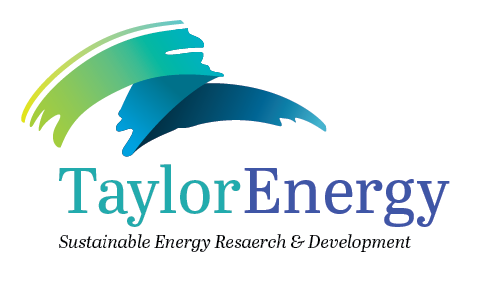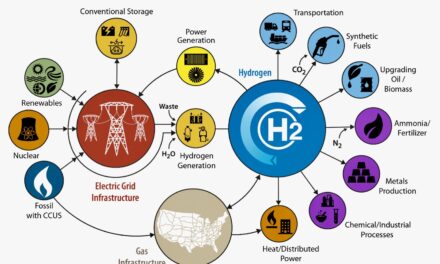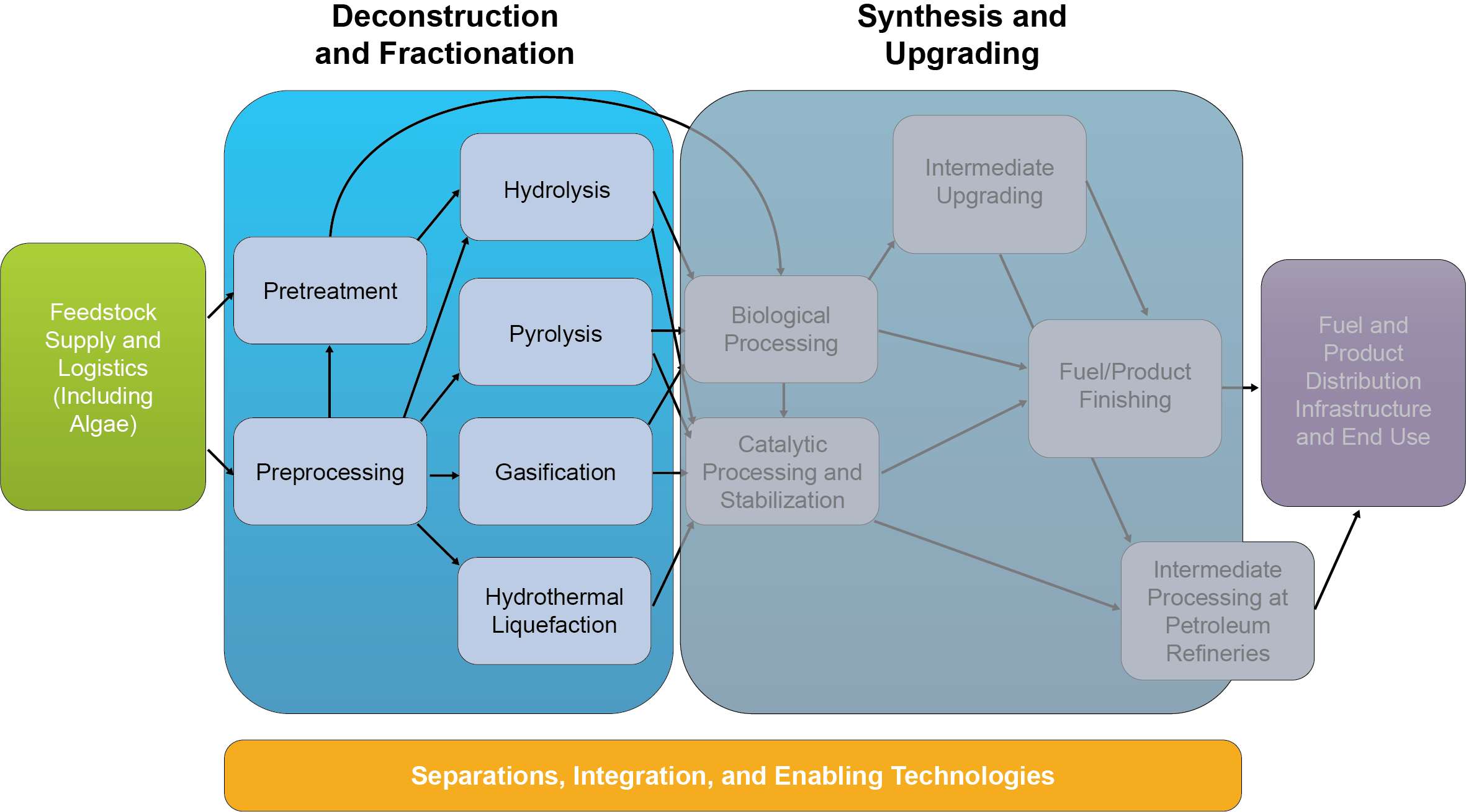Final Report Video for California Energy Commission.
Title: Biomass-to-Electricity: Pilot-Scale Testing of Baseload Compared to Flexible Power
Testing of woody-biomass gasification, comparing: (1)-baseload power generation using a Solid Oxide Fuel Cell with (2)-Fischer-Tropsch liquids production used for fuel storage, and
(3)-producing bio-crude-liquids used for slow-speed engine and flexible power.
The Issue: There is almost no gasification equipment available in the size range needed for commercial deployment in California appropriate to help achieve the state’s legislative goal of 50% renewable power generation by 2030. Specifically, there is absolutely no gasification equipment available anywhere in the world that can deliver suitable performance for a capital cost in the economic range of around $3,500/kWh. For example, Kobelco Eco System. Ltd., a market leader based in Japan, has technology in the size range, but the installed cost is greater than $7,000/kWh. The situation is the same with European suppliers; presently, there is no economic source of gasification equipment suited for community scale power generation in California. Rankine cycle steam turbine systems and small-scale biomass gasification equipment integrated with engine generators are the only offering in this space; there are no cost-effective offerings for 3-MWe-scale community power.
Project Innovation & Advantages: The new gasification process is highly significant in that it uses the input of pulse-combustion-power to drive a Jet Spouted Bed & Reformer. The problem with current gasification methods is that increasing process-intensity also increases parasitic-power. For example, employing high-temperature plasma increases process-intensity, but the increased cost in parasitic-power consumption is not worth the benefit; whereas, our innovative Pulse-Detonation-Power input increases process-intensity and concurrently lowers parasitic-power consumption. Moreover, the pulse-detonation hardware is low-cost to fabricate and low-cost to operate when compared to competitive methods used for process intensification. On the thermal chemical level, the impact of ultrasonic shockwaves input to the process has not been quantified; from a qualitative perspective, the process intensity is definitely enhanced. Pulse-detonation is a constant-volume process, and is the most efficient type of combustion, which is being applied by others to improve the state-of-the-art in jet propulsion. The process objective is to accomplish Gasification / Reforming when operating below the ash fusion temperature. The technology is intended to be deployed by communities in the 3-MWe to 12-MWe range.
Anticipated Benefits for California: The project will provide low-cost, efficient, environmentally friendly power generation that uses woody-biomass and/or refuse derived biomass as a renewable energy feedstock. The subject innovation would improve baseload electricity conversion efficiency in California, and result in lower-cost energy derived from biomass, a biological source that captures and stores solar energy while sequestering carbon. The project will lead to technological advancements and breakthroughs to overcome barriers that prevent the achievement of the state’s statutory energy goals by employing highly efficient SOFCs. The state and the market need a low-cost means to convert biomass into electricity — efficiently and with high turndown — and/or liquid storage methods to enable 100% dynamic power generation.
Crude-bio-liquids and/or FT-liquids made from woody biomass can provide an important source of renewable energy that is highly flexible. Technological breakthroughs are intended to make the proposed energy system sustainable and economically viable. Market penetration will be achieved by offering flexible power using woody biomass; or improved low-cost baseload power. The research team is evaluating load-following power means that are needed by CAISO.
Lower costs: Potential cost-benefits include developing flexible generation technology, energy cost reductions targeted to be $32/MWe, integration and reliability services by using locally sourced feedstock, reduced risk of forest fires by using forest residues, GHG emission reductions by using renewable resources, and air emission reductions, especially when compared to air-curtain furnaces that are presently used to burn wood killed by the bark beetle.
Economic development: Using the total feedstock availability of 66-million tons of woody-biomass, and assuming the project can demonstrate 30% net conversion to electric power, economic benefits can be quantified based on total market potential of 923-MWe as follows:
Market share Renewable Power Gross ($118/MWe) Net (12%)
1% 9.23 MWe $ 8.58-mm/yr $ 1.0-mm/yr
10% 92.3 MWe $85.86-mm/yr $ 10.3-mm/yr
We estimate that by 2028, 92-MWe could be in service using woody-biomass, selling renewable power for $118/MWe, returning $10-mm/year net to investors, and savings IOU ratepayers $32/MWe for each megawatt generated. The Potential Energy Savings are calculated below:
923 MWe x $32/MW x 8,760 h/y x 0.90 availability = $ 232 million per year
Recipient: Taylor Energy
Amount: $1,499,000.00
Location: Riverside, California, 92507
Term: 48-months




